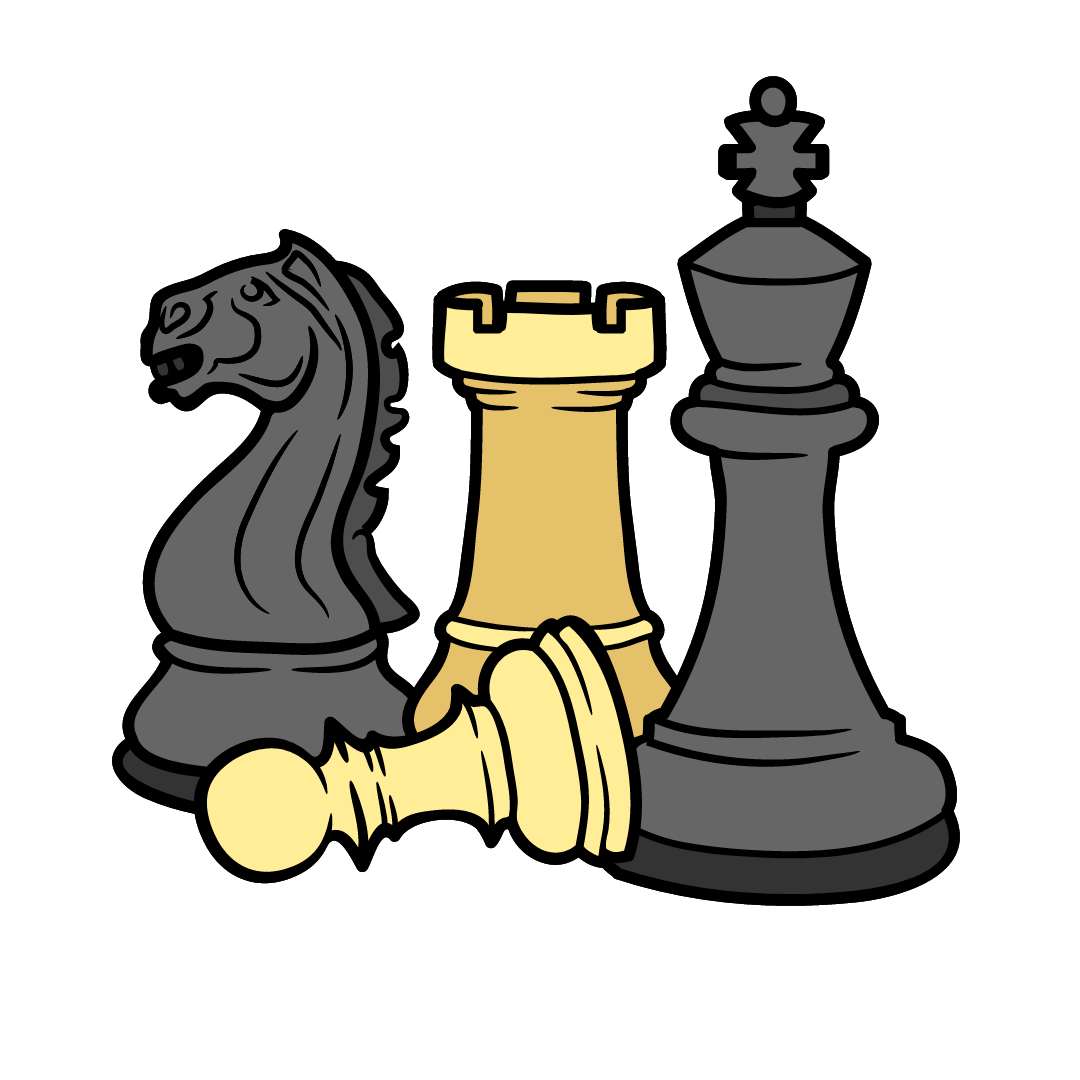Ever wonder why some companies seem to have a magic touch when it comes to keeping the loyal customers happy? It’s not just about having a cool product (although that helps!).
The secret weapon lies in two powerful forces: customer success and loyalty and customer service and support.
Consider this: 89% of customers are more likely to make another purchase following a positive customer service experience, highlighting the direct impact of effective customer support on sales, repeat business and customer loyalty. Furthermore, an overwhelming 96% of customers cite customer service as a key factor in their loyalty to a brand (Custify).
This underscores the critical role of customer service in retaining customers and fostering long-term loyalty.
Now, think of your favorite online store. Perhaps they helped you navigate a tricky purchase or offered helpful tips to get the most out of your new gadget. That’s customer success in action! Customer success is all about ensuring you, the customer, achieve your goals and have a fantastic experience from start to finish. But what if you run into a snag? That’s where your customer success managers for service and support swoop in. They’re your knights in shining armor, ready to troubleshoot any problems and get you back on track.
Here’s the thing: these two forces aren’t meant to work in isolation.
When the customer success department and customer service and support work together seamlessly, it creates a powerful synergy that takes customer relationships to the next level.
In the following sections, we’ll explore how this dynamic duo operates and why it’s crucial for businesses thriving in the digital marketplace.
To gain a deeper understanding of how customer experience trends are shaping the market, you can explore the Zendesk Customer Experience Trends Report 2023. This report offers valuable insights into consumer expectations, customer success strategies and the importance of cohesive customer service strategies.
Understanding CS and CSS: The Dynamic Duo of Customer Experience
A customer success team acts like your personal coach, helping you achieve your goals and get the most out of your experience. They’re proactive, anticipating your needs and offering guidance before you even ask. Think of them as the strategists behind your business success.
Here’s a typical day in the life customer success manager of a customer success team:

- Onboarding New Customers: Just like a coach welcomes a new player, a customer success team gets new customers acclimated with the product or service. This might involve training sessions, personalized walkthroughs, and setting up key features.
- Monitoring Customer Health: They constantly monitor your “customer health,” ensuring you’re using the product effectively and getting value from it. This could involve tracking usage data, sending personalized check-in emails, and offering relevant resources.
- Proactive Problem Solving: A good coach anticipates challenges. Similarly, a customer success team identifies potential roadblocks you might face and proactively offers solutions to keep you on track.
Customer success team
Now, picture yourself facing a tough opponent on the field. That’s where your customer support team comes in, acting as your speedy sidekick. They’re reactive, there to troubleshoot any problems you encounter and get you back in the game quickly.
- Reactive Assistance: Unlike the proactive customer success team, customer support takes a reactive approach. They address your concerns and answer questions as they arise. This might involve fixing technical glitches, resolving billing issues, and offering step-by-step troubleshooting guides.
- Maintaining a Positive Customer Experience: Just like a supportive teammate keeps the team spirit high, a customer support team focuses on maintaining a positive customer experience. They resolve issues efficiently and courteously, ensuring a smooth journey throughout.
The Strategic Power of CS and the Reactive Nature of CSS

Here’s the key difference: customer success teams are strategically focused on the long-term success of the customer, while customer support teams are more reactive, addressing immediate needs that prioritize customer success.
Think of it like this: a strong customer success team can prevent many customer support issues from arising in the first place. By proactively guiding customers and ensuring they get the most out of the product, they reduce the need for reactive troubleshooting.
In the next section, we’ll delve deeper into the magic that happens when these two forces work together seamlessly.
The Art of Turning Headlights into Searchlights
We’ve seen how customer success (CS) and customer support (CSS) teams function like a soccer coach and a speedy teammate, respectively. But it might surprise you that the coach can often learn quite a bit from the teammate as well!
A Two-Way Street
Customer support teams are always at the frontlines, directly tackling customer issues as they arise. Their day-to-day experiences equip them with a keen sense for pinpointing common customer problems and roadblocks along the customer journey. This frontline intelligence is invaluable for customer success teams who aim to preemptively smooth out potential hitches in the customer experience.
Sharpening the Saw: Essential Skills from CSS
Here are several critical skills honed by customer support teams that can significantly benefit customer success teams:

- Problem-Solving Prowess: CSS teams excel in diagnosing and resolving issues promptly, a skill that CS teams can adopt to proactively identify and mitigate potential customer challenges before they escalate (HelpCrunch) (REVE Chat).
- Communication Champions: Effective communication is crucial in CSS, where clarity and conciseness help customers understand solutions quickly. CS teams can mirror this approach to enhance how they engage with customers, ensuring messages are both informative and easy to grasp (Desku) (Intercom).
- Customer Feedback Transformers: CSS teams are adept at collecting and analyzing customer feedback. By integrating systematic feedback collection and analysis, CS teams can refine product features and personalize customer interactions, thereby boosting overall customer satisfaction (Desku) (Intercom).
Integrating these skills from CSS enables CS teams to not only react to current customer needs but also to anticipate future ones, thus driving higher and increasing customer retention, satisfaction and loyalty. In the next section, we will explore the synergies that emerge when CS and CSS collaborate effectively, illustrating the compounded benefits of their combined efforts.
Strategies from CS for CSS: A Helping Hand for the Front Lines

We’ve explored how customer support (CSS) can glean insights from our data driven customer success (CS) teams, but the collaboration is a two-way street! Here’s how strategic initiatives from CS can significantly empower CSS, enhancing the overall customer experience.
Customer Success: A Strategic Beacon for CSS
Imagine CS as the strategic mind behind operations, guiding like a lighthouse. This strategic approach equips CSS with deeper insights for more effective customer interactions.
Proactive Customer Management: Anticipating customer needs is key. CS informs CSS about customer behavior and potential issues, enhancing customer satisfaction and CSS efficiency.
Deep Understanding of Customer Needs: CS dives deep into data to understand unique customer needs. Sharing these insights with CSS allows for personalized support that resonates with the customer.
Customer Success Strategy Implementation: A robust CS strategy educates customers from the start. Informed CSS can then enhance problem resolution and customer success work ensure a consistent customer journey.
By integrating CS strategies, CSS teams proactively manage issues, enhancing the customer experience and building loyalty. This strategic focus on integration makes customers feel valued throughout their journey with the brand.
Integrating CS and CSS: The Power of a Unified Front
Imagine if a soccer team’s coach and players were constantly at odds over tactics—it would likely lead to poor performance. Similarly, when Customer Success (CS) and Customer Support (CSS) teams operate without alignment, it can result in inefficiencies and a fragmented customer experience.

By aligning these teams under a single strategic vision, several benefits emerge:
- Improved Efficiency: When CS identifies common pain points and shares solutions with CSS, the support team can proactively address these issues for future customers, enhancing efficiency and effectiveness.
- Enhanced Customer Satisfaction: A unified approach helps both teams understand the entire customer journey, allowing for better anticipation of needs and personalized interactions, which boosts customer satisfaction. Companies with aligned CS and CSS teams often see significant reductions in customer churn.
- Reduced Silos: Aligning CS and CSS breaks down informational silos, fostering open communication and collaborative problem-solving. This synergy not only resolves issues more swiftly but also strengthens overall customer relationships.
This strategic integration not only streamlines processes but also deeply enriches the customer experience, paving the way for increased loyalty and satisfaction.
Customer Journey: From First Contact to Ongoing Engagement

Objective:
Establish trust and set business goals and expectations.
Actions:
Personalized onboarding, initial training sessions.
CS Role:
Utilize customer data to customize the onboarding experience and address existing customers’ initial questions or concerns promptly.
Ongoing Relationship Management:
Objective:
Cultivate long-term loyalty and satisfaction.
Actions
Proactive support, regular check-ins, feedback loops.
CSS Contribution:
Resolve issues promptly, maintain satisfaction through effective support.
Synergizing Success and Support for Customer Loyalty and Retention
As we’ve explored throughout this article, the integration of Customer Success (CS) and Customer Service and Support (CSS) is not just beneficial but essential for nurturing deep customer loyalty and driving retention. These two teams, while distinct in their functions, are interconnected in a way that significantly enhances the company and overall customer experience.
The synergy between CS and CSS facilitates a holistic approach to customer interactions, ensuring that both proactive customer engagement, and reactive support are aligned with the customers’ ongoing needs.
This alignment is critical in not only solving immediate issues but also in anticipating potential challenges, thereby enhancing customer satisfaction and loyalty.
Looking forward, businesses that continue to innovate in integrating these two marketing teams will likely see not only improved customer retention rates but also increased advocacy among their customer base.
Embracing this integrated approach will be key to thriving in a competitive landscape, where customer loyalty is increasingly won by those who deliver exceptional and cohesive experiences across all touchpoints.
